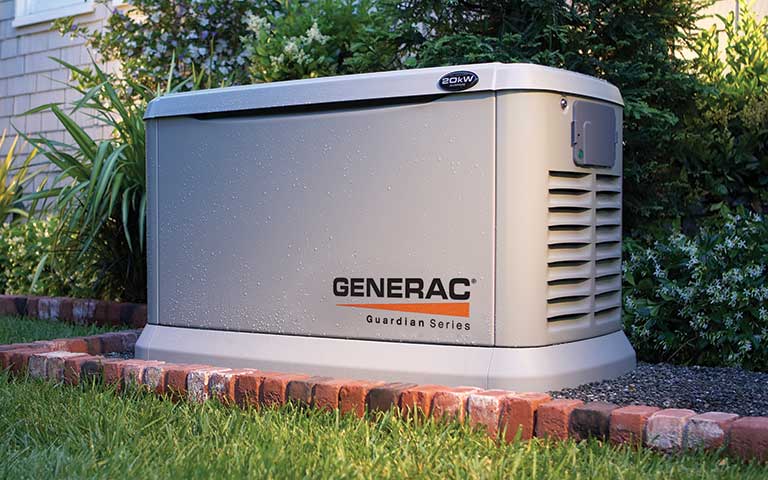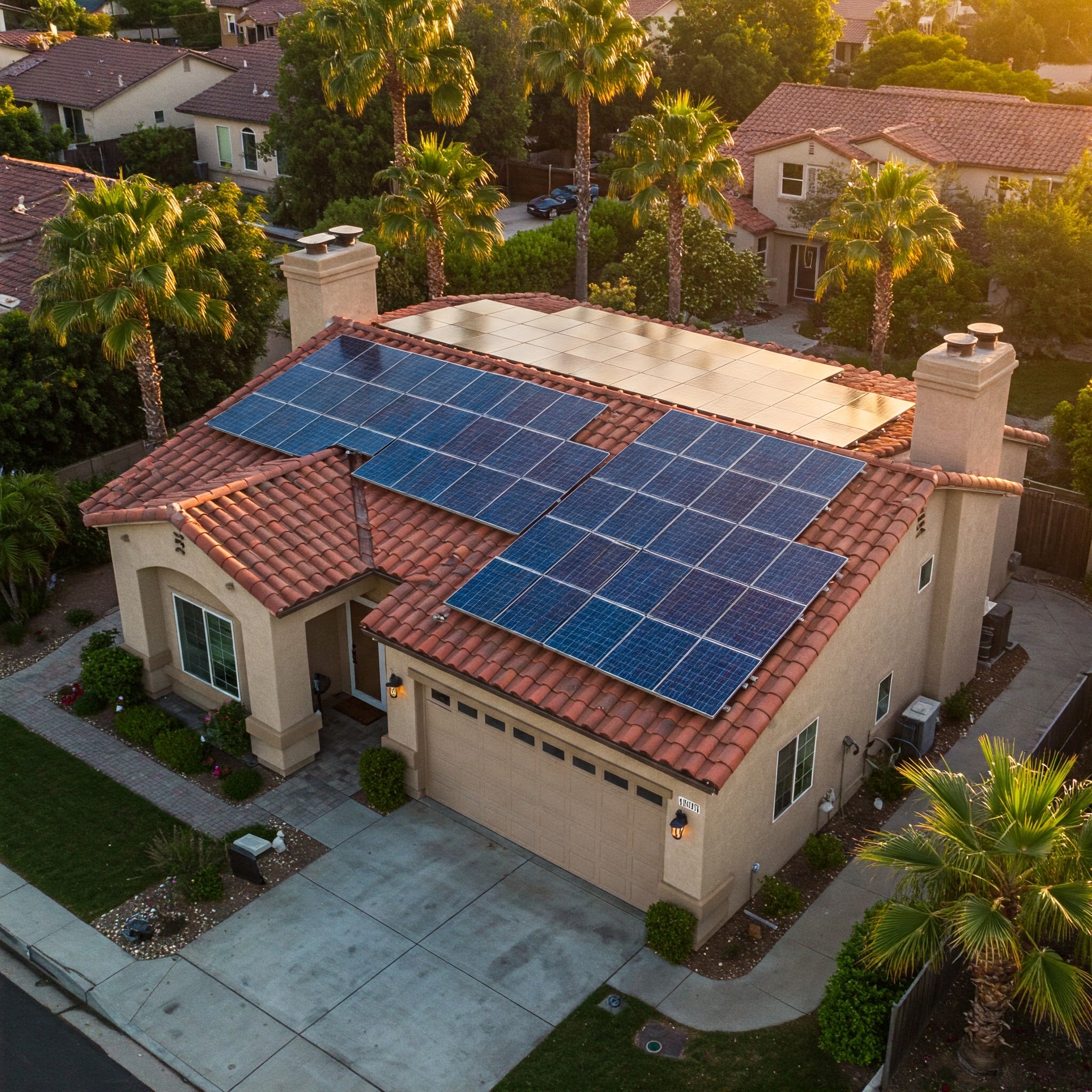Generator Transfer Switch Requirements
The requirements for a generator transfer switch will vary depending on the specific needs of your electrical system and the type of generator you have. However, there are a few general requirements that are commonly found in generator transfer switch systems:
- Capacity: The transfer switch must be rated for the appropriate amperage and voltage to match the generator. It is important to match the transfer switch with the generator for the safety of the electrical system.
- UL Listing: The transfer switch must be UL (Underwriters Laboratories) listed, which means it has been tested and meets the safety standards set by the organization.
- Automatic Operation: Many jurisdictions require that transfer switches be equipped with automatic transfer capability, meaning that they will automatically transfer power from the utility to the generator when power is lost.
- Electrical Code Compliance: The transfer switch must comply with the National Electric Code (NEC) and any local codes that apply to your area. This includes meeting the requirements for grounding, bonding, and overcurrent protection.
- Type of Generator: There are different transfer switch requirements for different types of generators. For example, portable generator transfer switches are not recommended for use with permanently installed generators.
- Installation: The transfer switch must be installed by a qualified electrician who understands the local codes and the manufacturer’s instructions.
It’s important to consult with a licensed electrician to determine the appropriate transfer switch for your generator and to ensure proper installation that meets the requirements of your specific electrical system and the local codes.


